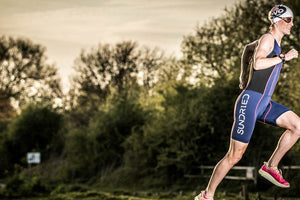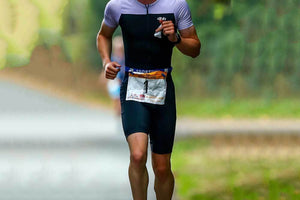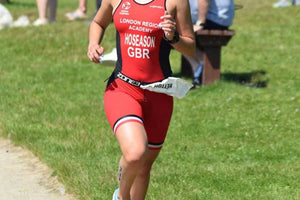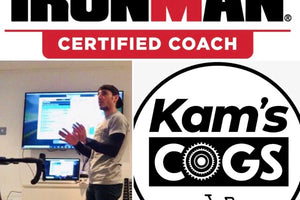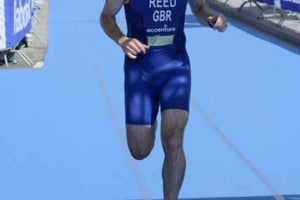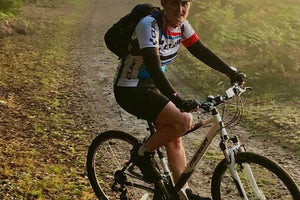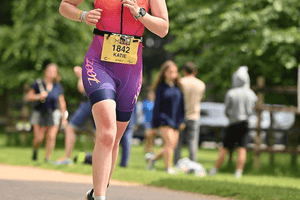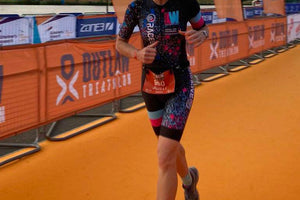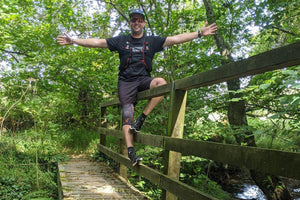Swimming is renowned for taking longer to adapt to than any other sport as we have very little practice moving in the water. But don’t worry; even the fittest of land-athletes find acclimatising to a new breathing pattern and utilising new muscles a challenge.
It is not all bad news though. If you can master the art of swimming, then it will provide you with a full-body workout without any impact.
Get the gear
You don’t need much kit to get you started in the pool, but I would invest in the following essentials to ensure you get off to a good start:
A tight-fitting swimsuit or shorts
Anything baggy is just going to make swimming even more difficult because of the increased drag.
Goggles
A set of clear lenses with an adjustable nose piece are the best for functionality and comfort in an indoor pool.
Swim hat
This will decrease the drag caused by your hair, making moving through the water a little easier.
Kickboard
A great tool to utilise when focusing on improving your kick.
Pool buoy
This figure-8 shaped foam device sits between your legs and supports your lower body, enabling you to focus on your arm stroke.
Swimming snorkel
Similar to a normal snorkel but the tube is mounted at the front of your face. It allows you to breath continuously whilst keeping your body in the best possible swimming position.
Master your stroke
My number one tip for any beginner is to find a coach or a swimming club. A certified instructor will be able to analyse your stroke and give you guidance on how to improve.
If you do decide to go solo, start with the freestyle stroke (front crawl).
Your head, hips and feet should form one long line (push your head down slightly if your feet are dragging). You should try to be relaxed in the water whilst maintaining tautness and elongate the body with every stroke. Keep the arm in line with the shoulder on each stroke and make sure it does not cross the midline when it enters the water. Whilst you are using your upper body to power your movement, your lower body works to keep your legs up and maintain posture. Kick from your hips in a gentle tapping motion.
Plan your workouts
Consistency is the key to swimming. The more exposure you have in the pool, the quicker you will progress. Try to schedule in three to four swimming sessions each week to ensure you are getting enough swimming stimulus. You do not have to spend hours in the pool initially, twenty to thirty-minute sessions are enough for any beginner to avoid fatigue and the break-down of technique.
For the first three weeks, focus entirely on your technique and take as much rest as you need when training. Incorporate drills specific to areas of your stroke that need developing and ensure that you include kicking sets (no matter how much you hate them!)
After three weeks of technique focused work, you can start to move onto building up an aerobic base. Begin to incrementally increase the sessions duration and change one to two of your technique-based workouts to ones which contain continuous swimming.
Once your aerobic capacity begins to build up, it is time to start adding in some anaerobic intervals to one session each week. Play around with longer and shorter efforts to keep things interesting and varied.
Stick with it
It is important to not get disheartened by the hard work and consistency that swimming requires. Stick with it and you will be amazed at the progress you can make.
If motivation begins to dwindle consider signing up to an open water event or joining a swim club to add an element of fun into your training.
About the author: Laura Smith is an elite-level athlete and has been a Sundried ambassador since 2017.



